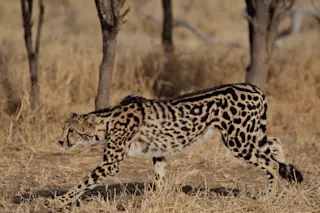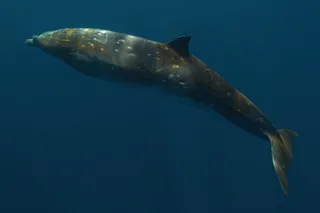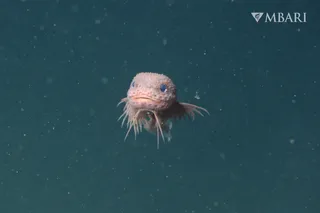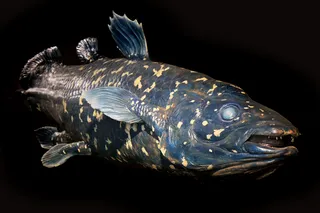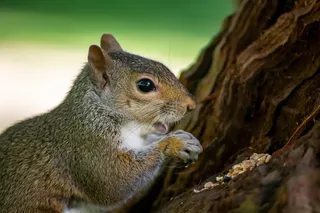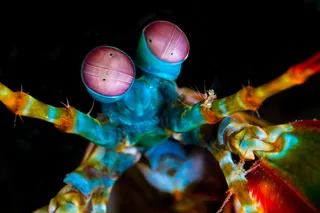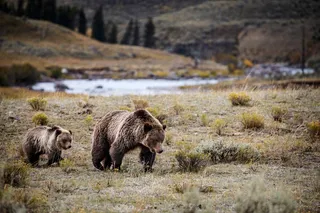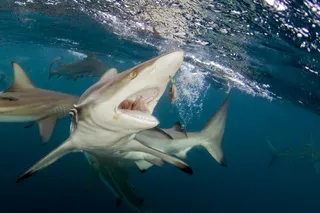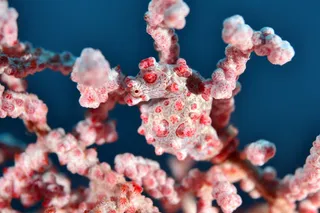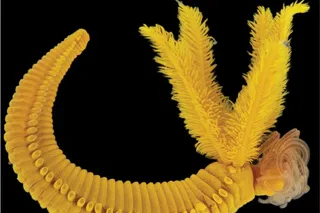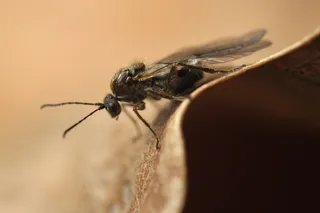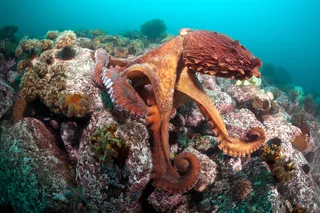A king cheetah bearing the distinctive black stripes down its spine. Cheetahs are officially listed as a vulnerable species, and their numbers are on the decline; so the successful birth of cheetah cubs is always an event worth heralding. However, when you’re talking about a litter with the rare king cheetah gene, the novelty factor notches upward significantly. Just over a week ago, a cheetah named Meg at the Hoedspruit Endangered Species Centre (HESC) in South Africa gave birth to four cubs that are carriers of the gene for king cheetah markings. King cheetahs are noted for their distinctive blotchy spots and stripes that look a bit messier than “traditional” cheetahs. And fortunately for us, the entire birth was caught on camera, making the event all the more exciting. The birth took a few hours, but you can watch the miracle of life unfold below in minutes.
King cheetahs were ...


